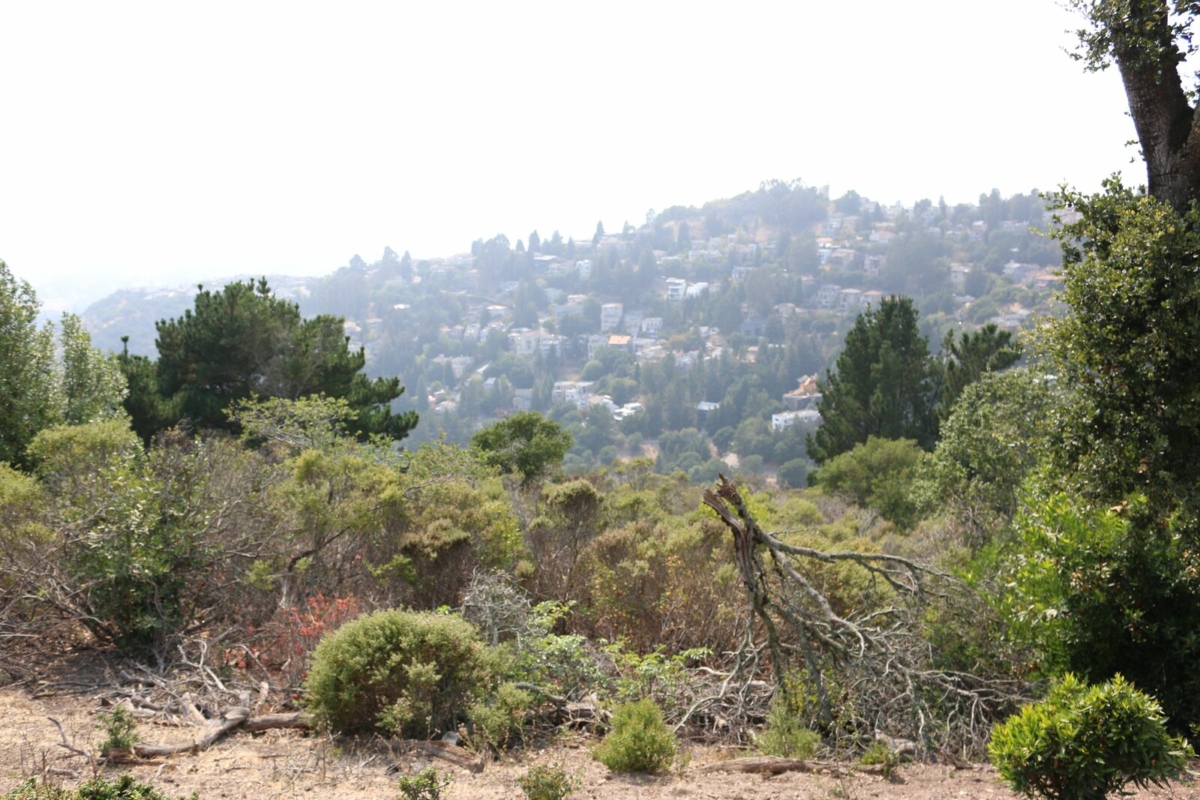
The “atmospheric river” storm that visited the Bay Area last weekend was a much-needed phenomenon that doused the area amid drought and high fire dangers.
But despite some headlines declaring California’s wildfire season over, state fire officials say that’s not necessarily the case.
“Fire season is not officially over,” Christine McMorrow, CalFire public information officer, said on Wednesday. “The rain helped, but it wasn’t enough to have a long-term impact.”
The National Weather Service reports the storm dumped more than 7 inches in the Berkeley flats and nearly 9 inches in the hills at at Lawrence Berkeley National Laboratory.
Eleanor Dhuyvetter, a meteorologist with the National Weather Service in Monterrey, said the weekend storm was a “pretty significant rainfall event” considering the area typically only gets about one inch of rain for all of October. The atmospheric river—a weather event defined by a dense, moving column of water vapor resulting in heavy rains—surpassed some all-time rainfall records in the North Bay.
“That’s why it’s such a big deal,” Dhuyvetter said. “It’s a significant amount so early in the season.”
Despite the heavy precipitation, it wasn’t enough to pull Northern California out of drought conditions. Just days before the storm hit the Bay Area, Gov. Gavin Newsom expanded the state’s drought emergency to include all of California’s 58 counties.
“If we don’t get more rain, we’ll be right back to where we were before the rain,” McMorrow said.
The National Weather Service is predicting the Bay Area could see rain again as early as Monday.
McMorrow is quick to remind people that some of the most destructive fires in California’s history — including both the Camp Fire that wiped out the town of Paradise and the Woolsey Fire that burned nearly 97,000 acres in Ventura County in 2018 — occurred in November. However, the amount of rainfall preceding those fires in October 2018 was far less than what the state received this month.
So far this year, California has seen nearly 8,240 fires that have burned nearly 2.5 million square acres, according to CalFire statistics. That’s higher than the five-year average of about 7,800 fires and only 1.3 million acres burned.
The rains came just as residents of the Berkeley and Oakland hills were remembering the 30th anniversary of the 1991 Tunnel Fire, which resulted in 25 deaths and about 3,500 housing units lost.
McMorrow said CalFire typically employs about 5,000 uniformed firefighters year-round and ramps that up through fire season from May through November. Despite the atmospheric river that temporarily soaked fire-prone areas, CalFire isn’t telling anyone to put their boots away just yet.
CalFire units up and down the state began declaring the beginning of fire season in their respective districts in May and June of this year. None have declared that they’ve yet switched to winter preparedness.
While every drop of rain is appreciated, especially this time of year, CalFire officials don’t want people to get too relaxed about being prepared for a fire impacting where they live.
“We want to remind people fire danger is still present,” McMorrow said.
Questions about how to stay prepared for wildfires? Get the answers you’re looking for in our comprehensive Berkeley Wildfire Guide. You can also listen to our 30-minute podcast looking back 30 years at the 1991 Oakland Firestorm.
